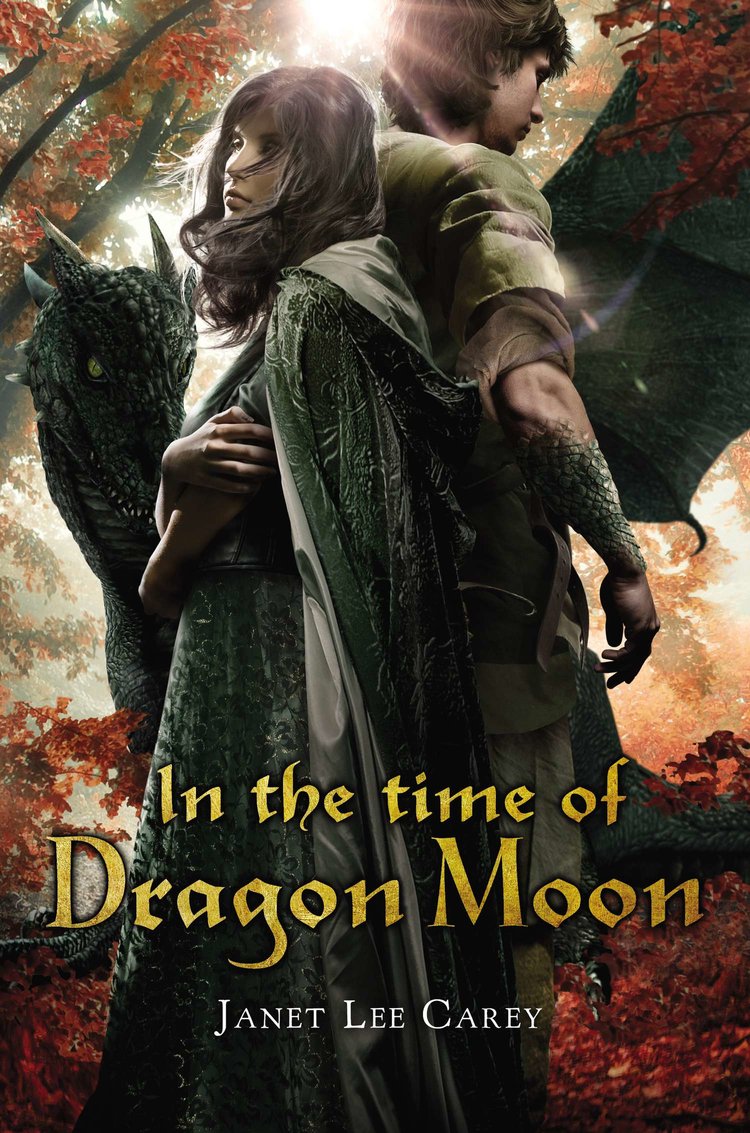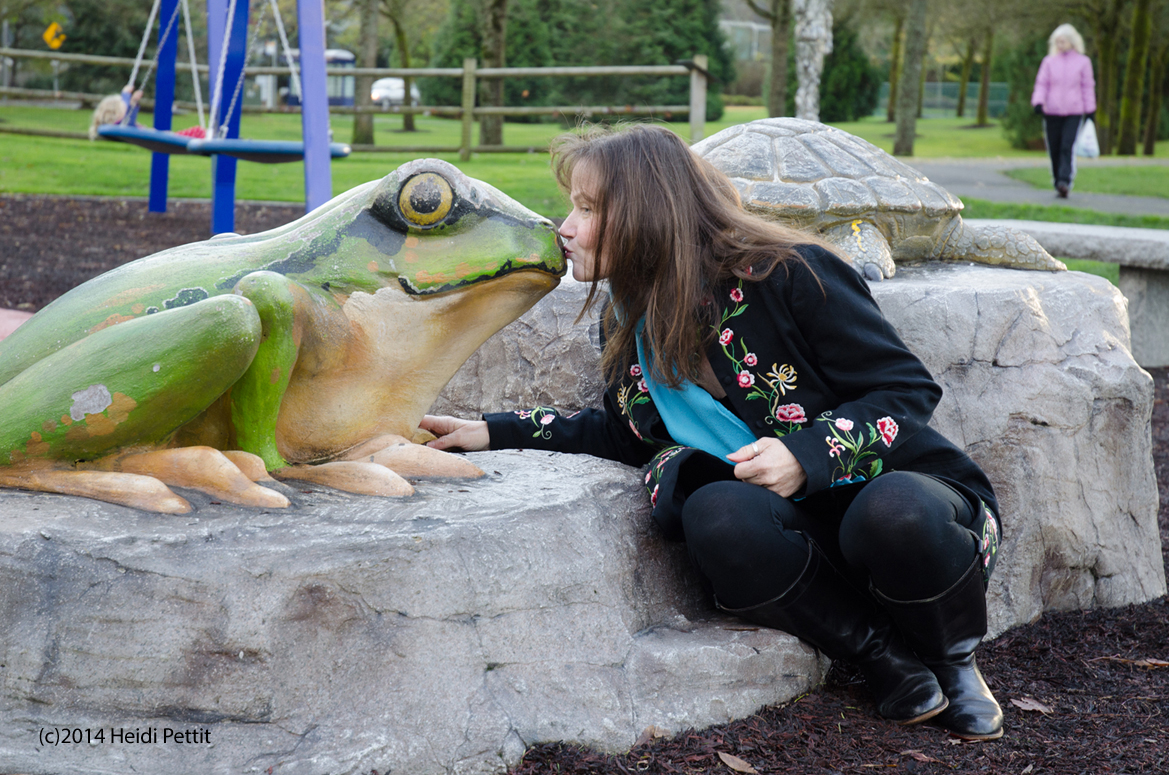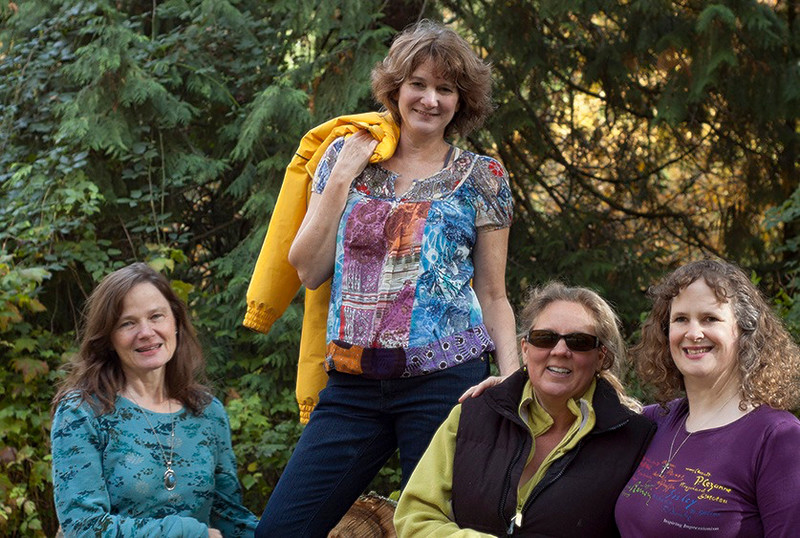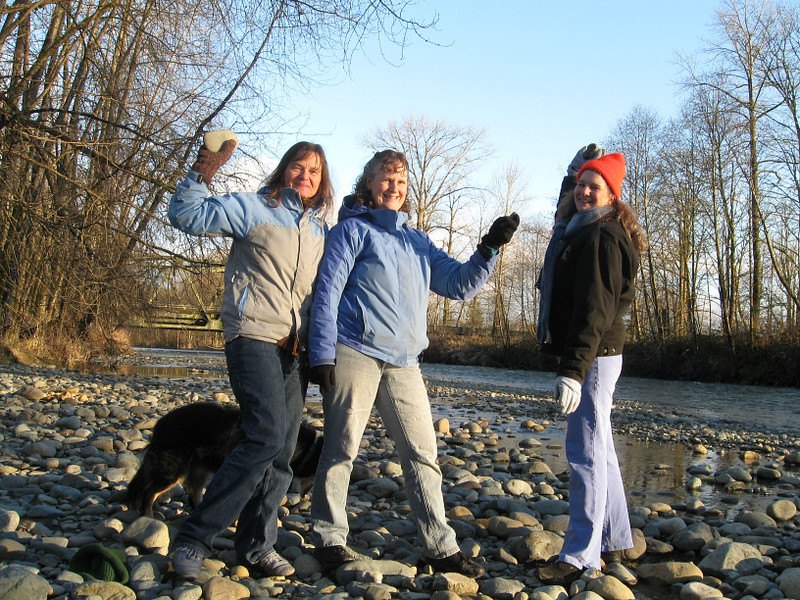Fear is funny. Not funny, really. Maddening, frustrating, debilitating.
 After a busy month or so, I hadn’t had time to practice my bass guitar at all. I wanted to. I missed it. So I took it out of the case and sat it next to my chair so it would be easy to grab whenever I had a few free minutes. And from there it mocked me. I was afraid to pick it up. Afraid I’d forgotten everything. Afraid I would suck.
After a busy month or so, I hadn’t had time to practice my bass guitar at all. I wanted to. I missed it. So I took it out of the case and sat it next to my chair so it would be easy to grab whenever I had a few free minutes. And from there it mocked me. I was afraid to pick it up. Afraid I’d forgotten everything. Afraid I would suck.
Writing is like that, too. I think the writers who advise others to “write every day” do so for this reason most of all. The longer we go without doing something the more room there is for doubt and excuses, so we go even longer without doing it. It’s a vicious cycle that can be difficult to break out of.
Sometimes, the missing doing the thing becomes greater than the fear and overcomes it. Other times, we force ourselves past the fear. We have been here before and can see it for what it is.
I finally picked up the guitar today. I can still play. In fact, I think I played better today than I have in months. It felt joyous, both the ability to make music and the letting go of the fear.
Soon, my schedule will allow me to get back to writing again, too. And I am not afraid. In fact, I’m looking forward to it.
What goals are you avoiding because of fear? Perhaps it’s time to begin.

balance
Interview with author Janet Lee Carey
Despite some recent posts about fiction picture book New Shoes and its author, Susan Lynn Meyers, I typically try to stick to posts about nonfiction books and authors on this blog. I’m breaking that self-imposed rule yet again, however, because I’m thrilled to host my friend and agent-sister, the amazing author Janet Lee Carey, on her blog tour for her upcoming fantasy novel, In the Time of Dragon Moon!

About the Book:
Beware the dark moon time when love and murder intertwine
All Uma wants is to become a healer like her father and be accepted by her tribe. But when the mad queen abducts her and takes her north, Uma’s told she must use her healing skills to cure the infertile queen by Dragon Moon, or be burned at the stake. Uma soon learns the queen isn’t the only danger she’s up against. A hidden killer out for royal blood slays the royal heir. The murder is made to look like an accident, but Uma, and the king’s nephew Jackrun, sense the darker truth. Together, they must use their combined powers to outwit a secret plot to overthrow the Pendragon throne. But are they strong enough to overcome a murderer aided by prophecy and cloaked in magic?
From the first time I heard about this book, I’ve been intrigued, and Janet has kindly agreed to answer a few of my questions. Welcome, Janet!

LT: Where did you first get the idea for this particular book, and how did it end up growing and changing as you brought it to life?
JLC: The passion to tell the story of an indigenous healer formed when I flew to Hawaii for a “Maui Immersion” with indigenous healers Lei’ohu and Maydeen. I was profoundly changed by these women’s healing practices as I learned of ancient traditions and the power of the earth’s healing. I knew I wanted to create a story around a female healer, thus Uma was born.
JLC: Jackrun’s story took shape at the same time. I knew they would meet and become embroiled in dangerous castle intrigue involving prophecy, magic, and murder. The novel went through many transformations. I wrote the first draft in both Jackrun’s and Uma’s viewpoint. Later, taking advice from my editor Kathy Dawson, I changed it to a single viewpoint to reveal more of Uma’s personal journey and increase plot tension.
LT: Oh, I love hearing the origins of the female healer story! And it’s so interesting to hear about the viewpoint change.
LT: On a related note, here’s a question from my oldest child (whom you know happens to be one of your biggest fans!): “Why dragons?”

JLC: Oh, I love this question. I didn’t start out wishing to write about dragons, only to write fantasy novels like the ones I’d grown to love only with my own spin. The first dragon, Lord Faul, emerged from a winter of reading too many fairytales with perfect princesses and evil dragons. I wanted to mix things up a bit, so I created a princess with a dragon’s claw, in Wilde Island book one, Dragon’s Keep, and a powerful fractious dragon with his own particular history or rather, ‘hisssstory’. From there the dragon characters continued to enter the books with their own majestic, intelligent, wild, imperious, stubborn, delightful, personalities. Vazan flew into In the Time of Dragon Moon with her own pithy opinions on the English Queen who holds Uma’s tribe captive on the southernmost tip of Wilde Island;
“This queen will leave the king’s soldiers in Devil’s Boot. We’ll lose all our freedom to these English vermin!”
LT: Ha! I love that the dragons are entering of their own accord. But speaking of English queens… It seems like a bunch of research went into this book. Can you tell us about that? Was it different from previous books? Were there any surprises or stumbling blocks? Do you think you’ll reuse any of that research in future stories?
JLC: All the research I’d done on medieval life for the first two books helped this book enormously. That said, In The Time of Dragon Moon offered a brand new set of challenges. This time tribal medicine had to play a vital role. I created the Adan’s medicinal approach from many sources starting with books about medieval medicine, and expanding to books and articles on tribal medicine, preferably written by indigenous healers themselves. I was also privileged to listen to firsthand accounts of traditional healing practices. All these influences quickened my imagination and helped me create the Adan’s close relationship with plants, and his healing philosophy. The research also compelled me to help save the rainforests, where plants vital to healing are even now being destroyed. Help out here.
JLC: Finally, you asked if there were many surprises and stumbling blocks. Yes! The good news is every stumbling block is a creative opportunity. Much as I hate stumbling blocks, I’ve grown to love the surprising results.
LT: Janet, you’re one of the most creative people I’ve ever met, and that’s saying something given how many authors and artists I know! Can you give us a tiny peek into how your creative process works?
JLC: Wow. Thanks for that, Laurie. We’ve talked a lot about creative process in my novel writing courses and the rule is always ‘Do what works for you,’ so knowing my process may not be the same as yours or anyone else’s, I’ll share a bit about what’s worked for me over the years. I start each day as tabula rasa as possible, beginning with yoga, meditation, and prayer then moving into short spiritual readings from a few books, and journaling — morning pages right out of Julia Cameron’s The Artist Way. All of this readies me for creative flow.
JLC: When the kids were school age I broke the morning up, doing the yoga and meditation before getting them off to school, and the rest of the things after. Mediation clears my mind and readies me for journaling which is “active listening” on paper. The journal pages usually drift toward what’s happening in the book so I move to the office and begin writing. The process sounds time consuming but it works for me. Also, aside from my lovely critique group the Diviners, I belong to an artist’s group with fellow authors, painters, musicians and sculptors called Artemis.

JLC: When Artemis gets together, we take turns sharing about our creative process. I learn as much from the visual artists and sculptors as I do from fellow authors. These sessions sizzle with creativity. Photo below of our yearly River Rock Ceremony. We throw stones in the river with our wishes, plans and dreams. Hours of kerplunking fun!

LT: Ah, wishes, plans, and dreams… the perfect segue to my next question: Whenever I’m not writing, I feel like I should be; but whenever I am writing, I feeling like I’m neglecting other important things in my life. What tricks have you learned for balancing your writing with the demands of keeping up with the industry, promoting existing work, taking care of your home and family, personal recreation and self-care, etc.?
JLC: I once made the mistake of confiding this very thing to a soccer mom and she looked at me like I was off my rocker! Here’s the thing. I think writers feel compelled deep down to write. When we neglect it for a while, we get the niggling feeling that something is wrong. When we neglect it for too long, we feel depressed or angry. Once we give in to the urge and actually sit down and write, we feel a great deal better. But then as we write, the laundry piles up and the dust bunnies gather fomenting war under the beds, and our children want a really decent dinner and we feel guilty for having taken so much time away to write, so we go back to our daily duties (the ones other people understand). Then we begin to neglect our writing and start getting that niggling feeling that something’s wrong all over again. There is No solution Laurie T. and I’m not even going to go into taking necessary time to stay in shape or keep up with the industry and launch your books once they’ve been written. The only thing you can do is to be kind to yourself and your family and to accept that things will rarely feel in balance. Bottom line your children will survive and you will get some writing done before you die.
LT: “Bottom line your children will survive and you will get some writing done before you die.” Words to live by. Thank you, Janet!
LT: One more question for you: I think every book teaches us something new, about the world, about ourselves, or about the craft of writing. What have you learned as a result of writing this book?
JLC: So well said, Laurie! Craft wise I challenged myself to leap and loop. To leap into new scenes and briefly loop back and catch the reader up to anything important that happened between scenes that affected the character emotionally. I’m still trying to perfect this fabulous technique. As to what I learned from the book, I think Uma’s personal strength as she’s trying to heal Queen Adela’s madness taught me something vital about love, acceptance and the kind of deep healing that women often do which is overlooked or taken for granted. As Uma’s medicines fail, she simply bathes the queen, combs her hair, and sings to her. Uma simply stays by the woman’s side, for as Uma says, “Joy and sorrow are songs women have long known.”
LT: Breathtakingly beautiful, Janet. Thank you so much for answering all of my questions!
Are you hooked yet? Here’s some more information about Janet and the book…
Book trailer:
Reviews:
- “In the Time of Dragon Moon is a story of courage and romance that readers will not soon forget.” ~VOYA
- “The author’s world-building is detailed and fascinating … This is a must-purchase for libraries owning the earlier installments and a great choice for where teen fantasy is popular.—School Library Journal
About the Author:
Janet Lee Carey grew up in the bay area under towering redwoods that whispered secrets in the wind. When she was a child she dreamed of becoming a mermaid (this never happened).She also dreamed of becoming a published writer (this did happen after many years of rejection). She is now an award-winning author of nine novels for children and teens. Her Wilde Island Chronicles are ALA Best Books for Young Adults. She won the 2005 Mark Twain Award and was finalist for the Washington State Book Award. Janet links each new book with a charitable organization empowering youth to read and reach out. She tours the U.S. and abroad presenting at schools, book festivals and conferences for writers, teachers, and librarians. Janet and her family live near Seattle by a lake where rising morning mist forms into the shape of dragons. She writes daily with her imperious cat, Uke, seated on her lap. Uke is jealous of the keyboard. If Janet truly understood her place in the world, she would reserve her fingers for the sole purpose of scratching behind Uke’s ear, but humans are very hard to train. Visit her website here.
Thanks again to Janet Lee Carey for appearing!

